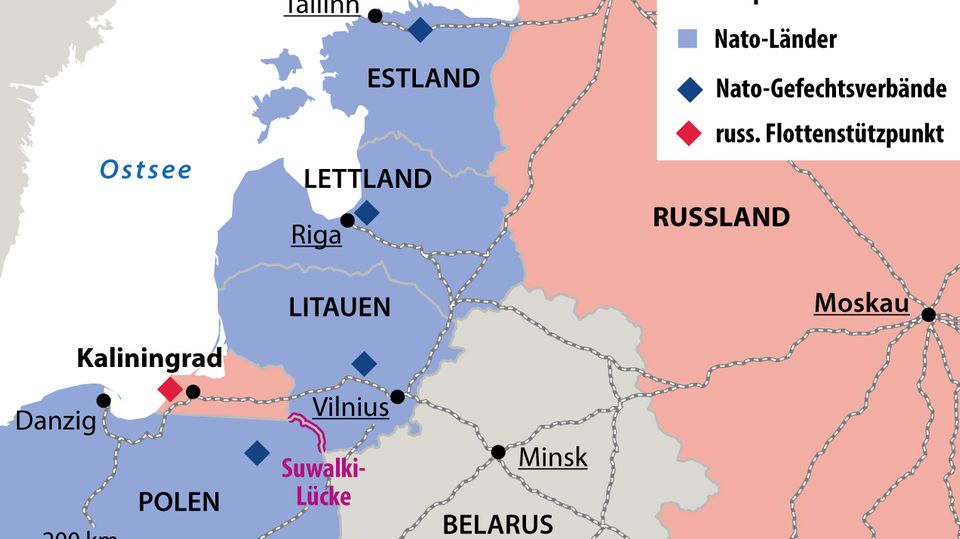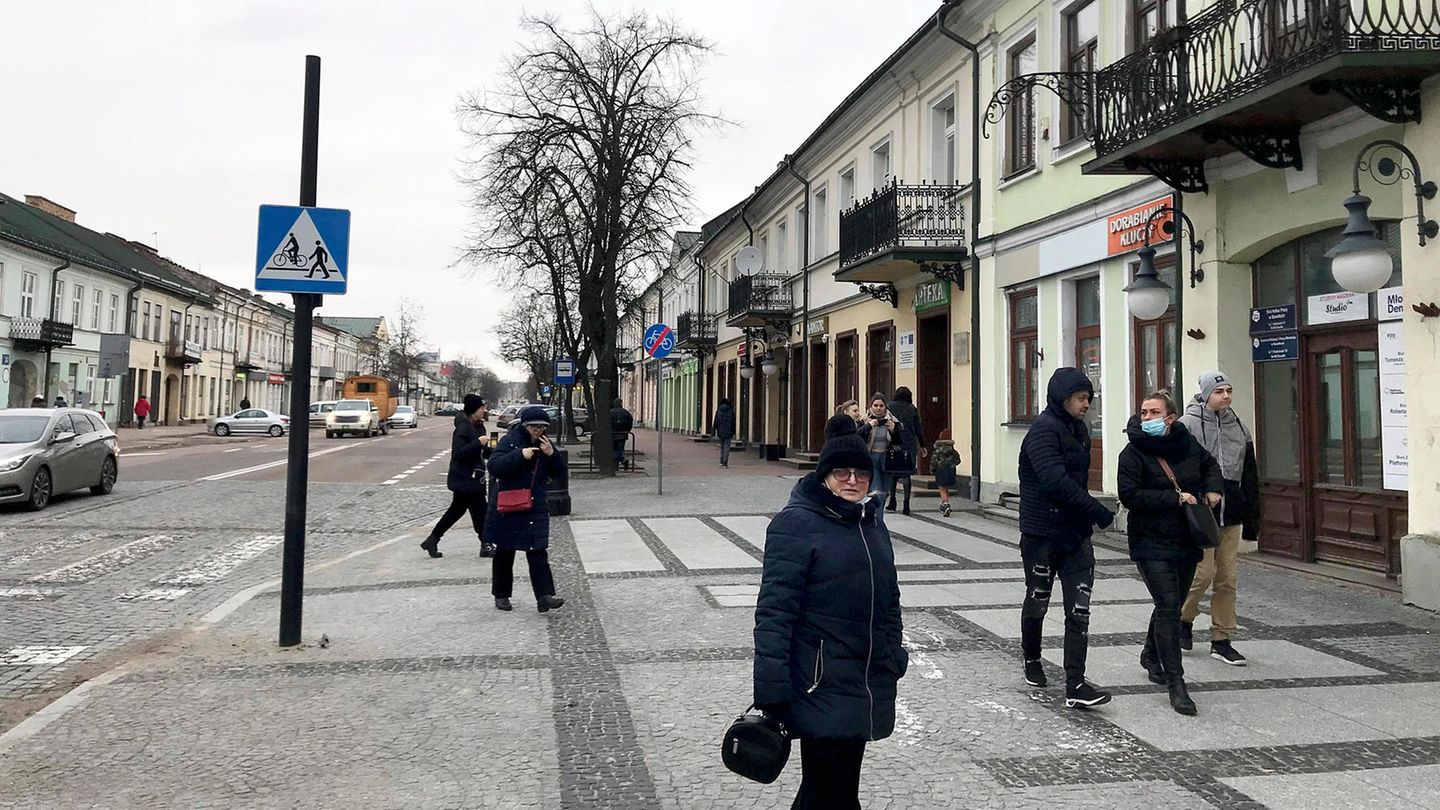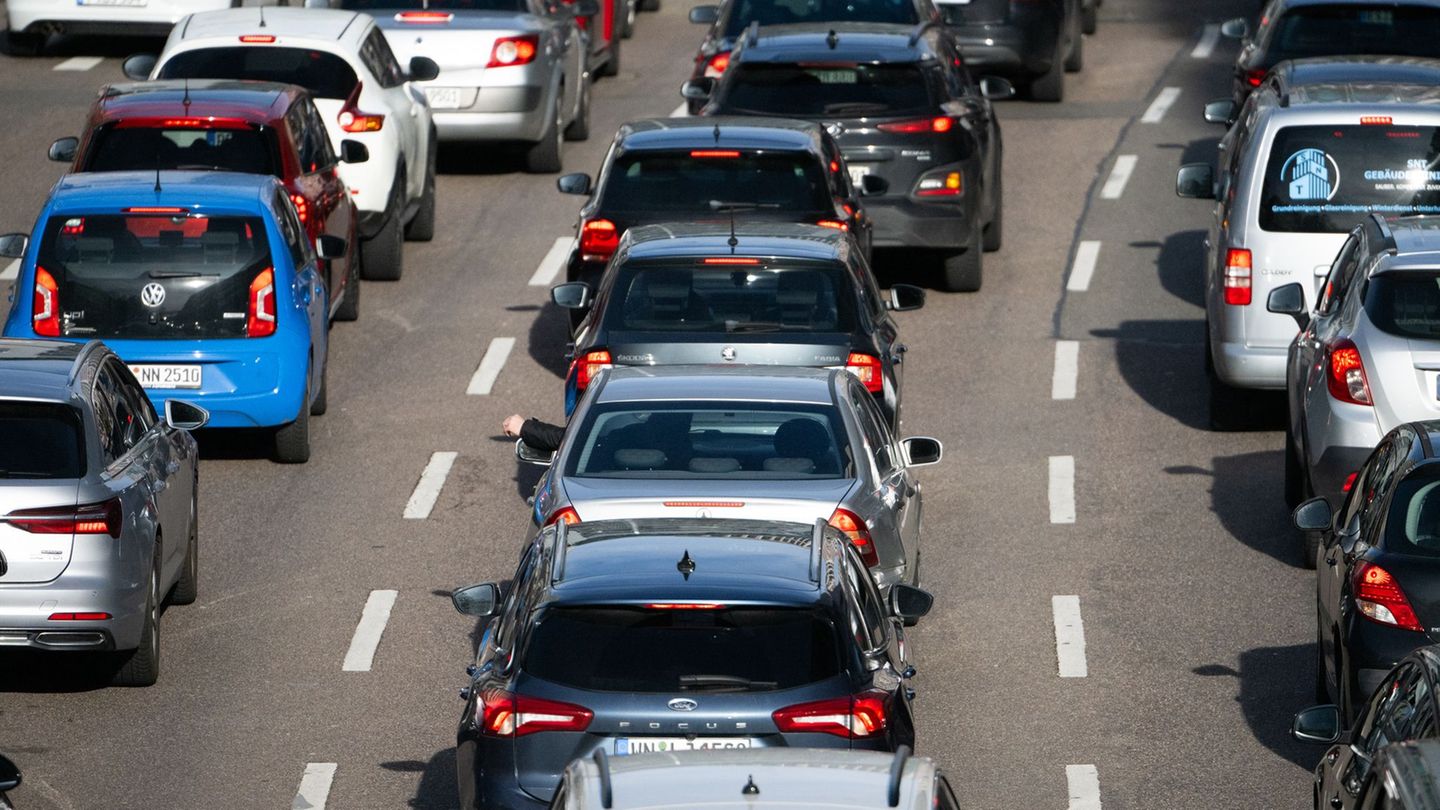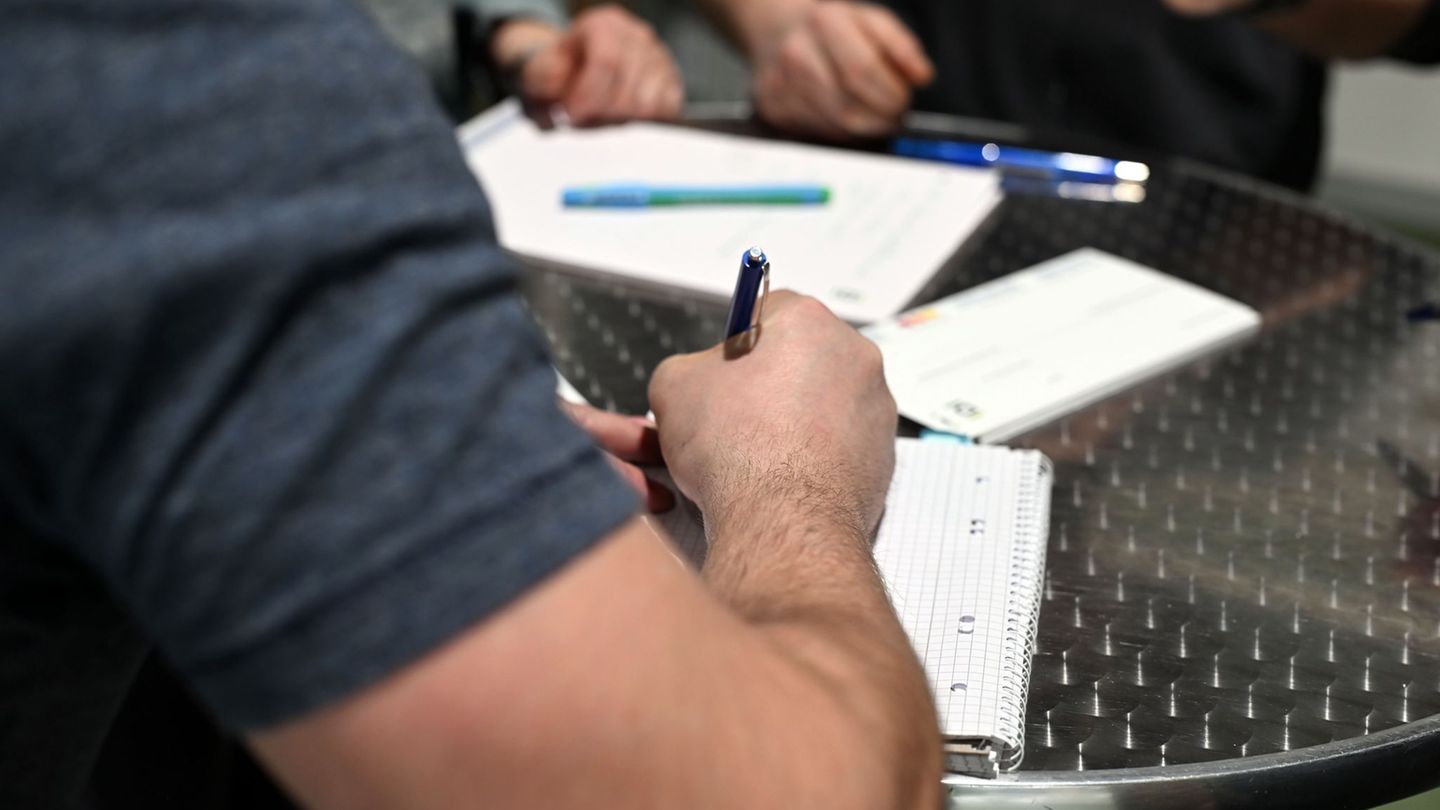The Suwalki Gap is 65 kilometers long as the crow flies, a strip that separates the Baltic States from the other NATO states. The region could be conquered militarily in no time at all. That’s why some call it that “most dangerous place in the world”.
Grutas Park in southern Lithuania has long been a cabinet of oddities, housing gigantic statues of Stalin and Lenin and Soviet-era propaganda reliefs. Barbed wire fences and cattle cars along with watchtowers from Gulag times framed the wooded area for the creep factor. Over the years, the collection has acquired a more museum-like character, but the ominous feeling of Soviet totalitarianism, more than 60 years later, has remained. Now the fear has returned. Also because of the Grutas Park in the immediate vicinity “Suwalki Gap” lies, a region that the US magazine “political” as “most dangerous place in the world” designated.
Suwalki Gap: Block parting at 65 air kilometers
The Suwalki Gap is a NATO term for a kind of border strip between the European Union and Russian-dominated territory – i.e. opposing blocs. The corridor, approximately 65 air kilometers long, runs between Lithuania in the north and Poland in the south and connects Belarus with the Russian exclave of Kaliningrad. Only recently, Moscow hardliners repeatedly called for the creation of a land connection between core Russia and Kaliningrad, which is separated from it, on state television talk shows. That would mean an attack on the intermediate countries of Latvia and Lithuania – or from Russia’s ally Belarus on the border area between Lithuania and Poland. Both are likely to immediately trigger the NATO alliance, i.e. lead to war with Russia.
Such scenarios still only exist on paper. However, Lithuania is increasingly caught between the fronts of the violent conflict between Russia and Ukraine. The reason for this is the government’s announcement that it would ban the transit of goods that are on the EU sanctions list through its territory to Kaliningrad. According to the governor there, Anton Alikhanov, around half of imports from core Russia are affected. Among other things, no cement, building materials or metals can now be brought overland to the Russian Baltic Sea region. Hamster purchases have therefore already started in Kaliningrad.
Berlin rejects Russian countermeasures
The Kremlin leadership has criticized the transit restrictions and threatened retaliation. An answer will “not in the diplomatic, but in the practical area”, if the EU does not lift its restrictions, said the Russian foreign ministry spokeswoman Maria Zakharova. According to Moscow foreign policy expert Leonid Slutsky, Russia is considering, among other things, excluding Lithuania from a common, synchronously switched power grid. The Baltic countries of Lithuania, Latvia and Estonia are still connected to Russia and Belarus via the BRELL ring system, which dates back to Soviet times. Because they see this as a security risk, they want to be integrated into the European network by 2025 anyway, and according to Lithuania, earlier.

From Berlin, in turn, clear words are addressed to the government in Moscow: “We call on Russia not to take any action that violates international law”, said government spokesman Steffen Hebestreit. He pointed out that Lithuania’s actions are within the framework of the EU sanctions decisions. The transit of certain sanctioned goods through Lithuania to Kaliningrad is prohibited, people and non-sanctioned goods are not affected by the ban, Hebestreit said. “We therefore clearly reject countermeasures announced by Russia”he underlined.
Quite a few observers fear that the Baltic States are a possible target for Russian attacks. The three states belonged to the Soviet Union until its collapse and became independent in the early 1990s. The region is connected to the rest of NATO via the Suwalki gap, which is why it is considered the Achilles’ heel of NATO’s eastern flank: In an emergency, it would be relatively easy to separate in order to isolate the Baltic countries. A few years ago, an American think tank came to the conclusion in a study that the corridor could be held for a maximum of 60 hours in the event of an attack. This is one of the reasons why the defense alliance is trying to strengthen this eastern flank. Even before the start of the war, NATO had also increased its task force in Lithuania to around 1,600 task forces. With a good 1000 soldiers, the largest contingent comes from the Bundeswehr.
“Russians have business in Ukraine”
In Brussels, the risk of a major escalation of the conflict between the EU and NATO is still considered low. According to high-ranking NATO military officials, Russia is currently unable to seriously threaten NATO territory because of its war against Ukraine. Because of its location between the blocs, volunteer militias such as the Lithuanian Riflemen’s Union have existed in the region for more than 100 years. Ramunas Serpetauskas, one of their commanders, told the magazine “political”: “At the moment we don’t expect the Russians to do anything, they have their hands full in Ukraine.”
Sources: DPA, AFP, “”,
Source: Stern
David William is a talented author who has made a name for himself in the world of writing. He is a professional author who writes on a wide range of topics, from general interest to opinion news. David is currently working as a writer at 24 hours worlds where he brings his unique perspective and in-depth research to his articles, making them both informative and engaging.




